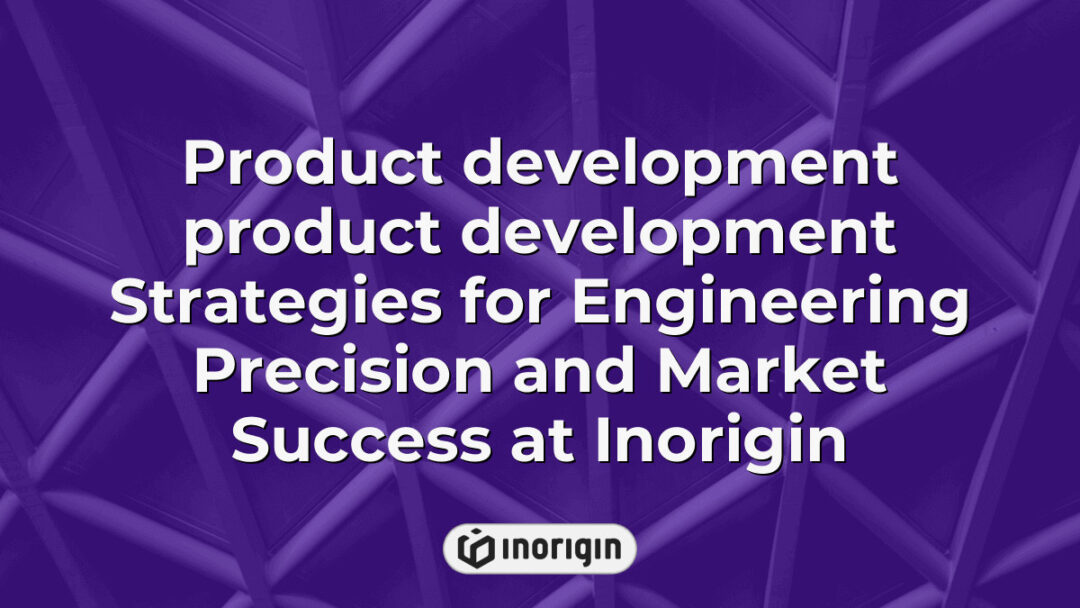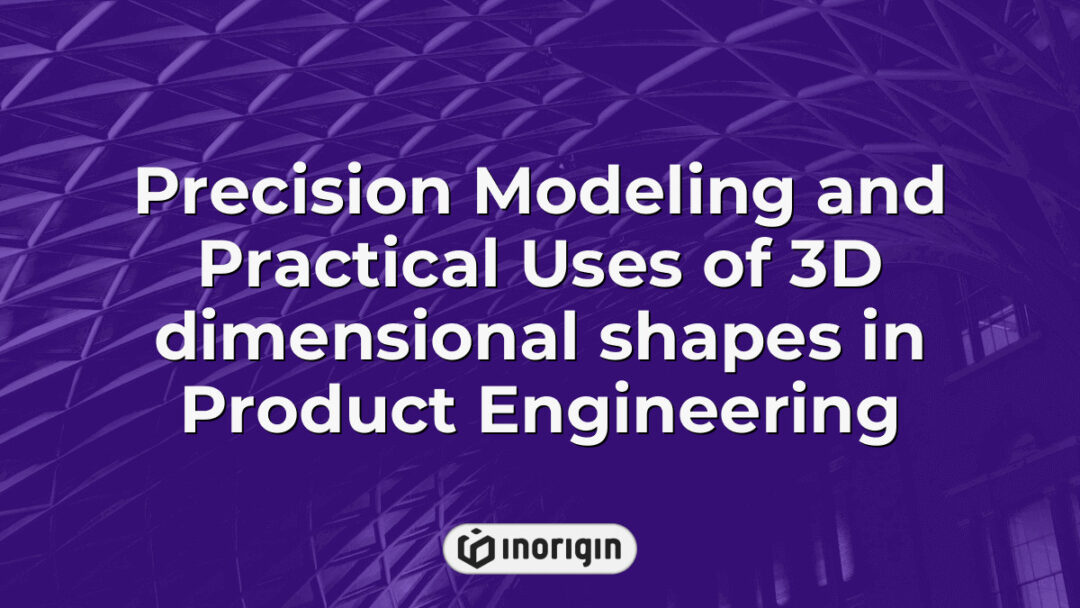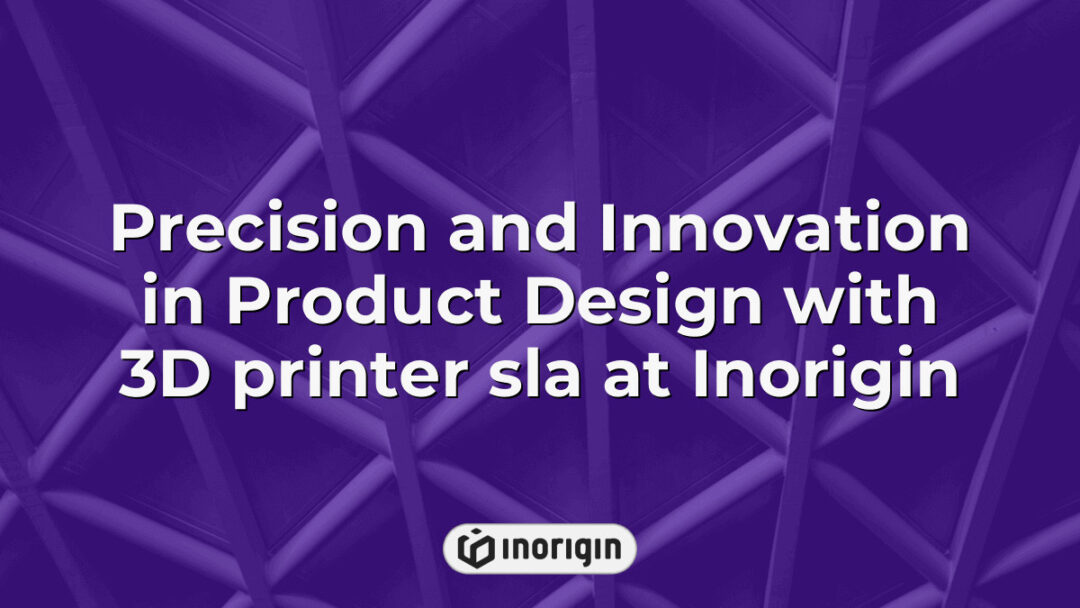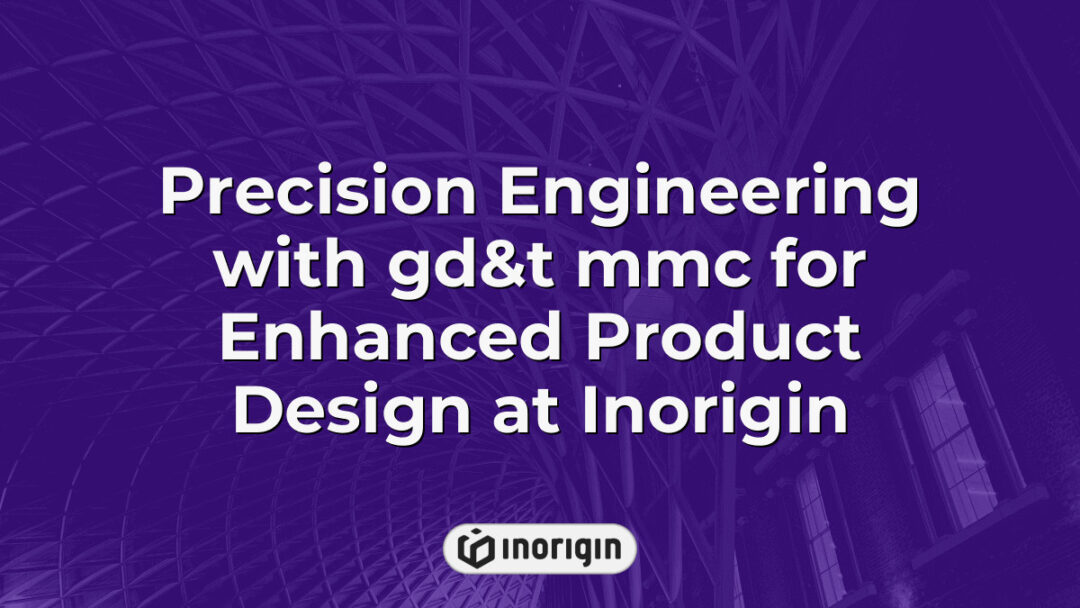In the realm of innovation, product development serves as a crucible where ideas are transformed into tangible solutions, much like alchemists of old sought to turn base metals into gold. The intricate process encompasses a myriad of stages—from ideation and design to prototyping and market launch—each phase demanding rigorous analysis and strategic foresight. A well-executed product development strategy not only enhances competitive advantage but also addresses consumer needs in an ever-evolving marketplace. This article delves into the essential components, methodologies, and best practices that define successful product development, illuminating its critical role in driving organizational growth and sustainability in today’s dynamic business environment.
| Aspect | Key Takeaway |
|---|---|
| Understanding Product Development | Product development product development is a comprehensive process that transforms innovative ideas into market-ready solutions through stages like ideation, design, engineering, and market strategy. |
| Stages of Product Development | The journey progresses through idea generation, concept testing, prototyping, market strategy formulation, and successful commercialization to meet consumer demands. |
| Market Research Importance | Thorough market research identifies customer needs and emerging trends, enabling tailored product designs that align with target audience expectations. |
| Prototyping and Validation | Rapid prototyping combined with iterative feedback refines product functionality and aesthetics, ensuring alignment with user requirements before full-scale production. |
| Product Launch Strategies | Effective launches rely on strategic marketing plans, targeted distribution channels, and detailed market insights to maximize product visibility and adoption. |
| Cross-Functional Collaboration | Integrating expertise from design, engineering, and marketing teams fosters innovation and mitigates risks throughout the product development lifecycle. |
| Best Practices for Success | Adopting user-centric design, agile methodologies, and data-driven decision-making enhances product quality and responsiveness in today’s evolving markets. |
Understanding Product Development: An Overview
Product development represents a multifaceted process that transitions an idea from conception to market introduction, embodying various stages and methodologies. For instance, the case of Apple Inc.’s development of the iPhone illustrates this complexity; it involved rigorous market research, iterative design processes, prototyping, and extensive testing before its eventual release in 2007. Initially, understanding product development necessitates recognizing its key phases: ideation, design, engineering, marketing strategy formulation, and post-launch evaluation. Each phase requires careful planning and execution to ensure alignment with consumer needs and organizational objectives. Furthermore, collaboration among cross-functional teams—spanning fields such as engineering, marketing, finance, and customer service—is crucial for fostering innovation while mitigating risks associated with new products. Thus, effective product development not only enhances competitive advantage but also facilitates sustained growth within dynamic markets by promoting adaptability to changing consumer preferences and technological advancements.
The Stages Of Product Development
The stages of product development can be likened to the classical journey of Odysseus, marked by distinct phases that require careful navigation and strategic decision-making. Initially, the process commences with idea generation, wherein creativity and market analysis converge to identify potential opportunities. Following this, a rigorous screening phase ensues, allowing organizations to filter viable concepts from those lacking feasibility or alignment with business objectives. Once feasible ideas have been selected, the subsequent stage involves concept development and testing; prototypes are created and user feedback is solicited, which helps refine the offerings further. Transitioning into the next phase, businesses must engage in market strategy development—this includes identifying target markets, positioning products effectively, and forecasting sales projections. The culmination of these preparatory stages leads to commercialization: marketing initiatives are launched alongside production ramp-up efforts aimed at ensuring successful entry into the marketplace. Throughout this intricate process, continuous evaluation remains paramount as iterative adjustments may be necessitated based on consumer response and competitive dynamics.
To enhance comprehension of each stage discussed, it is advisable for individuals engaged in product development to maintain detailed documentation throughout their progress. This practice not only aids in tracking milestones but also facilitates critical reflection on decisions made during each phase, ultimately fostering improved outcomes in future projects.
Market Research: Identifying Customer Needs
Market research serves as the cornerstone of effective product development, functioning as a vital tool for identifying and understanding customer needs. By employing various methodologies such as surveys, focus groups, and observational studies, businesses can gather essential data that illuminate consumer preferences and behaviors. This information not only aids in recognizing gaps within the market but also assists in predicting future trends that may influence purchasing decisions. Furthermore, it is imperative to analyze both qualitative and quantitative data to develop a comprehensive view of the target audience’s expectations. As organizations navigate through this complex landscape, they must remain agile; adaptability in response to emerging insights ensures that products are designed with relevance and resonance in mind. Thus, thorough market research acts as a compass guiding companies toward successful product innovation by aligning offerings closely with actual customer desires.
Concept Development: Turning Ideas Into Reality
Concept development serves as a crucial phase in the product development process, transforming abstract ideas into tangible offerings. While some may argue that this stage is merely an extension of brainstorming and lacks substantial value, it is essential to recognize that effective concept development involves rigorous evaluation and refinement of ideas based on market research insights. Initially, this process begins with idea generation, where diverse concepts are collected from various sources including stakeholders, customers, and competitive analyses. Subsequently, these ideas undergo critical assessment against predefined criteria such as feasibility, viability, and alignment with consumer needs identified during the market research phase. As a result, promising concepts emerge for further elaboration through prototyping and iterative testing. The emphasis on iterative feedback not only enhances the quality of the final product but also minimizes risks associated with misalignment in customer expectations. Ultimately, successful concept development lays the foundation for subsequent stages of product design and launch by ensuring that selected ideas resonate deeply with target markets while meeting business objectives effectively.
Prototyping: Testing And Refining Your Product
Prototyping serves as a critical juncture in the product development process, akin to an artist sketching preliminary outlines before applying vibrant colors. This phase enables designers and engineers to create tangible representations of their concepts, facilitating iterative testing and refinement that is essential for optimizing functionality. The prototyping process encompasses several key components: 1) visualizing ideas through various forms of prototypes such as sketches, digital models, or physical objects; 2) conducting user testing to gather feedback on usability and design; 3) identifying potential flaws and areas for enhancement based on empirical data; and 4) iterating designs to incorporate findings from testing cycles. As these steps unfold, it becomes evident that effective prototyping not only enhances product quality but also aligns with market demands by ensuring that the final output resonates with intended users. Through rigorous evaluation during this stage, products can evolve into solutions that are both innovative and practical, ultimately bridging the gap between initial conceptions and successful market entry.
Validating Your Product: Feedback And Iteration
The journey of product development often entails a phase that, while challenging, offers significant opportunities for growth and enhancement: validating the product through feedback and iteration. This process serves as a protective measure against potential market misalignment by gathering insights from users who can provide invaluable perspectives on their experiences with the product. Initially, it is essential to engage in various methods of data collection, such as surveys or focus groups, which facilitate understanding of user needs and preferences. Subsequently, this gathered information should inform necessary adjustments to improve functionality and overall satisfaction. Importantly, iterative cycles allow for continuous refinement; each round of feedback presents an opportunity to address shortcomings identified during previous evaluations. Therefore, embracing validation not only fosters resilience within the development process but also cultivates a deeper connection between the provider and its audience, ultimately leading towards a more robust final offering tailored to meet genuine consumer demands.
Launch Strategies: Bringing Your Product To Market
The process of launching a product can be likened to the act of setting sail on an uncharted sea; it requires thorough preparation, careful navigation, and a clear understanding of potential challenges. To effectively bring a product to market, several strategies should be considered. Firstly, conducting comprehensive market research is essential for identifying target demographics and understanding consumer needs. Secondly, developing a robust marketing plan that outlines promotional tactics will facilitate brand awareness and drive initial sales. Lastly, establishing distribution channels ensures that the product reaches consumers efficiently and in a timely manner. By integrating these components, organizations can enhance their likelihood of success during the launch phase. The alignment of strategic planning with execution not only mitigates risks but also maximizes opportunities for capturing market share in a competitive landscape.
Post-Launch Analysis: Measuring Success And Gathering Insights
Post-launch analysis is a critical component of the product development process, serving to measure success and gather insights that inform future strategies. Despite potential skepticism regarding the necessity of extensive post-launch evaluations—often perceived as redundant for successful products—it remains essential to systematically analyze performance metrics and consumer feedback to uncover areas for improvement. This phase involves various methodologies, including quantitative assessments such as sales data analysis and qualitative approaches like customer surveys, which together create a comprehensive understanding of market reception. Additionally, identifying key performance indicators (KPIs) enables organizations to benchmark their products against industry standards and competitors, thereby facilitating informed decision-making for subsequent iterations or new offerings. By synthesizing these findings into actionable insights, businesses can enhance their strategic frameworks and improve overall operational efficacy.
A vital tip in this analytical endeavor is to maintain an open channel of communication with customers post-launch; fostering engagement not only aids in gathering valuable feedback but also strengthens customer loyalty by demonstrating commitment to continuous improvement.
Best Practices In Product Development
In the realm of product development, adhering to best practices is essential for navigating the complexities inherent in bringing new products to market. To this end, several key strategies can be employed:
- User-Centric Design
- Focus on understanding user needs through research and feedback.
- Implement iterative testing phases to refine product features based on real-world usage.
- Foster collaboration among cross-functional teams to ensure diverse perspectives are considered.
Agile Methodologies
- Embrace flexible planning that accommodates changes during the development process.
- Utilize sprints to promote rapid progress while allowing for regular reassessment of goals.
- Engage stakeholders continuously throughout the project lifecycle to align expectations.
Data-Driven Decision Making
- Collect and analyze data from various stages of development to inform strategic choices.
- Establish key performance indicators (KPIs) early in the process to measure success effectively.
- Leverage analytics tools post-launch to identify areas for improvement and innovation.
By implementing these best practices, organizations not only enhance their ability to develop successful products but also position themselves strategically within competitive markets. As such, a commitment to excellence in product development processes ultimately translates into long-term viability and customer satisfaction, underscoring the importance of methodical approaches in achieving desired outcomes.
The Future Of Product Development: Trends And Innovations
The future of product development is characterized by a convergence of emerging trends and innovative methodologies that significantly reshape traditional practices. Firstly, the integration of artificial intelligence (AI) and machine learning into product development processes facilitates enhanced data analysis, enabling organizations to predict market demands more accurately. Additionally, the adoption of agile frameworks allows for iterative testing and rapid prototyping, which not only shortens the time-to-market but also enhances responsiveness to consumer feedback. Moreover, sustainability has emerged as a critical consideration; companies are increasingly prioritizing eco-friendly materials and production methods in response to growing environmental concerns among consumers. Furthermore, digital twin technology is gaining traction, allowing developers to create virtual replicas of products for simulation purposes before actual production begins. As these trends continue to evolve, they underscore the necessity for organizations to adapt strategically in order to remain competitive within an ever-changing marketplace. The implications of these advancements will likely redefine best practices across various sectors within product development.
Frequently Asked Questions
Here Are Five Frequently Asked Questions That May Not Typically Be Addressed In The Specified Sections Of An Article On Product Development:
Navigating the complexities of product development can often feel like traversing a labyrinth; as such, several pertinent inquiries frequently arise that are not typically addressed in conventional sections of related articles. First and foremost, stakeholders may question the criteria for determining when to pivot or persevere during the product development cycle. This decision-making process is critical, as it directly impacts resource allocation and market entry timing. Furthermore, there exists an ongoing discourse regarding the role of customer feedback versus internal expertise in shaping product features; this tension between external input and organizational vision necessitates a careful balancing act. Additionally, queries surrounding the integration of sustainable practices into product design have gained prominence due to increasing consumer awareness and regulatory pressures, prompting organizations to reassess their methodologies. Another significant aspect concerns intellectual property management within collaborative environments, where safeguarding innovations while fostering creativity poses unique challenges. Collectively, these questions underscore the multifaceted nature of product development and highlight areas deserving further exploration beyond traditional frameworks.
What Are The Common Pitfalls To Avoid During The Product Development Process?
Product development, often perceived as a straightforward journey from concept to market, can resemble an intricate dance where missteps lead to chaotic outcomes. While the allure of innovation may entice product teams into believing that success is merely a matter of creativity and enthusiasm, the reality reveals numerous pitfalls lurking in the shadows. Acknowledging these common traps is essential for navigating the complexities of product development effectively. The following points encapsulate critical misjudgments that should be avoided:
- Neglecting User Research: Relying solely on internal assumptions without engaging potential users can lead to products that miss the mark entirely.
- Overlooking Market Trends: Failing to monitor industry trends may result in launching outdated solutions that do not meet current consumer needs.
- Inadequate Prototyping: Skipping thorough prototyping stages increases the risk of costly revisions post-launch due to unforeseen flaws.
- Poor Cross-functional Collaboration: Isolating departments such as marketing, design, and engineering diminishes the holistic understanding required for successful product viability.
Addressing these pitfalls demands vigilance and strategic foresight throughout each phase of product development. By implementing structured processes for user engagement, remaining attuned to marketplace dynamics, investing in iterative design practices, and fostering collaborative environments among diverse teams, organizations can significantly enhance their chances of delivering successful products while sidestepping common errors inherent in this complex endeavor.
Conclusion
The journey of product development resembles a carefully choreographed dance, where each step—ranging from market research to post-launch analysis—plays a crucial role in achieving harmony between consumer needs and innovative solutions. Success hinges on continuous iteration, ensuring products resonate deeply within an ever-evolving marketplace.
Related posts:
- Critical Steps and Strategic Focus in Product Development Stages at Inorigin
- Product development life cycle steps that drive innovation and market success
- Product Development Lifecycle Stages Optimized for Precision Engineering and Market Success
- Why is Prototype Testing Essential in Product Development? Insights from Inorigin’s Precision Engineering Approach
- Why Is Prototype Testing Essential for Product Development in Accelerating Market-Ready Innovations
- How Can Prototype Testing Impact Your Product Development by Enhancing Design Precision and Market Readiness at Inorigin




